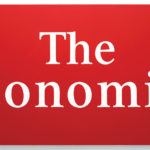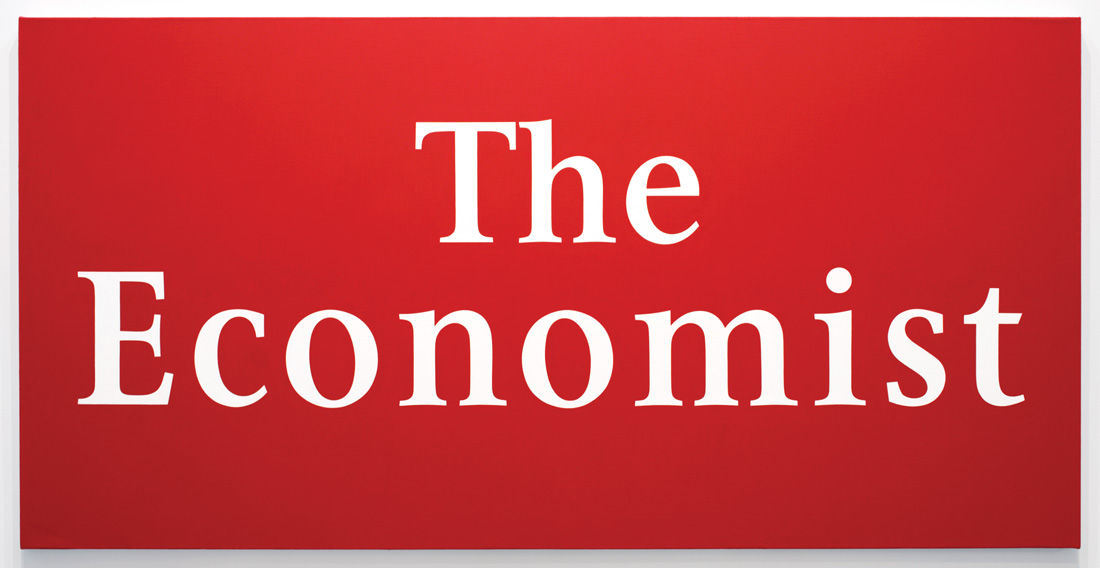by Gerard Robinson
The Hill
June 20, 2016
In March, the Supreme Court handed down a 4-4 decision in Friedrichs v. California Teachers Association, a case challenging the constitutionality of compulsory union dues that have been on the books in 23 in states for more than 30 years. For the time being, the split decision left compulsory dues in place. It was also the first big decision since Justice Scalia’s death in February and reminded Americans of what a difference just one Justice can make.
Prior to Justice Scalia’s death, most observers expected that the Court’s ruling would go against the unions. Without Scalia’s vote, the lower court decision remains in place. But Friedrichs is far from over. Issuing a split decision is standard Supreme Court procedure in cases where a Justice with the swing vote retires or dies while the case is under consideration. The procedure is designed to allow either party to petition for a rehearing. In April the Center for Individual Rights filed a petition asking for a rehearing. The court has neither accepted or denied the petition and has “rescheduled” consideration of it for the past six weeks, most likely because there aren’t five votes on either side to make a definitive decision on the request.
We don’t know when the court will consider the petition and issue a decision, but while we wait, it’s worth noting just how common it is to hold over Supreme Court case until a bench of nine justices can make a definitive ruling:
Since 1945, the Court has held over 84 cases that could not be resolved because of a vacancy. All of these cases were later decided by a full bench of nine Justices including cases of national significance such as Brown v. Board and Roe v. Wade.
What happened in the Friedrichs decision is nothing new, and Friedrichs is exactly the kind of case that should be held only once the full Court can render an authoritative decision. Why? Because Friedrichs represents two essential values of the American way of life: free speech and education; and as such, it deserves the attention and vote of every Supreme Court Justice.
At the end of the day, the Friedrichs case is about the First Amendment’s clear prohibition on any form of coerced speech. Forcing tens of thousands of public employees to pay for speech — either the union’s overt political lobbying or the political stances it takes during collective bargaining — violates a core principle of free speech rights. Surely this interpretation is an issue on which reasonable people can and do disagree. Only the Supreme Court can make a ruling on this question, and even the unions would benefit from that ruling. They claim that requiring each member to pay dues is necessary to preserve labor peace and ensure bargaining solidarity. But there can no peace and little solidarity if the requirement to pay dues is illegal.
It is not only public school teachers who have a stake in the outcome of Friedrichs. Families of 50 million public school students — included among taxpayers that invested $344.6 billion into state elementary and secondary education in fiscal year 2014, according to the National Association of Sate Budget Officers — have a lot to say about union-negotiated policies. Some policies greatly benefit families and students. Others undermine public education. Rigid staff assignment policies and teacher layoff rules are two examples. Sadly, policies of this type disproportionately impact families of children in high-poverty schools as well as families of gifted and special needs children.
But so long as states are allowed to collect millions of dollars in coerced dues, the unions have an outsized voice in ongoing debates about improving education. Friedrichs opponents usually overlook this fact. For instance, according to the Center for American Responsiveness, the National Education Association (NEA) spent $92 million, and the American Federation of Teachers (AFT) $69 million, on federal candidates and other political activities between 1990-2014. To put this in context, the combined $161 million NEA and AFT spent on political activities is more than JPMorgan Chase & Co., AT&T and Goldman Sachs spent on federal campaigns, combined. When the right to free speech of one group is ignored—be it teachers or families—we all pay the price in an unproductive, one-sided public debate.
No matter the outcome in Friedrichs, unions will not fall by the wayside or disappear. Nevertheless, the voices of tens of thousands of teachers and families will continue to be stifled if Friedrichs does not prevail. The Supreme Court must rehear the Friedrichs case when nine Justices can decide it– not only for the sake of the ten California teachers who brought the case, but also for the thousands of teachers and families around the country whose voices matter in our democracy.
Gerard Robinson previously served as Secretary of Education for the Commonwealth of Virginia and Commissioner of Education for the State of Florida. He is currently a resident fellow with the American Enterprise Institute.












